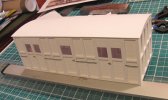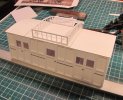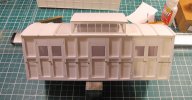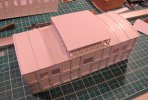For styrene roofs, I have an old tin that contained a bottle of something golden and warming

.
I use a pair of MrsD’s laddered tights, which live in the tin when not being used, to hold the cut plasticard to the tin. The tin has a seam, which provides a useful vertical edge against which to align the plasticard. Boiling water in the tin and poured over the plasticard, wait for it to cool. Job done. Might need to adapt a bit for larger scales, but same principle should see you right.
if you can get it curved a little bit tight, before you stick it to the ribs, it’ll work well.
hth
Simon

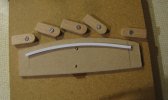
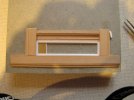
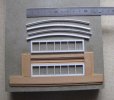
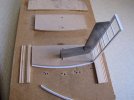
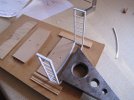
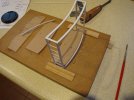
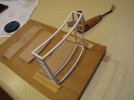
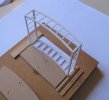
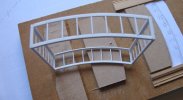
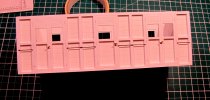

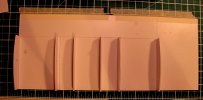
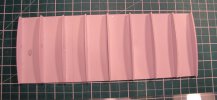
 .
.